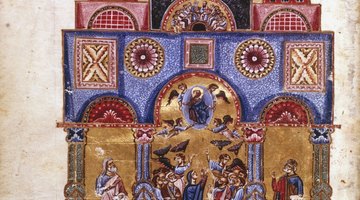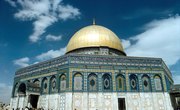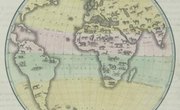For almost 700 years, the Byzantine and Islamic cultures fought for the remains of the Roman Empire, but they also shared many cultural, political and artistic ideas that shaped their societies in many ways. They both drew on ancient Greek philosophy and scholarship, and they were influenced by each other's art and trade, and by a constant flow of converts and refugees that carried ideas with them .
Background
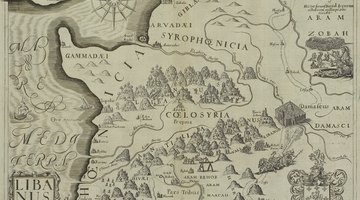
The Byzantine Empire evolved from the Eastern half of the Roman Empire after the Western half, including Rome, was lost in the fifth century. Until the rise of Islam, the Byzantine Empire ruled most of the territory that would become the Islamic world. Islamic civilization was not built by a single group. It developed over the decades under several caliphates, and Turkic and other nomadic groups who converted to Islam and spread its influence. It was the Turks who eventually captured the Byzantine capital Constantinople. At its furthest extent, Islamic rule stretched from Central Asia to North Africa.
Greek Heritage
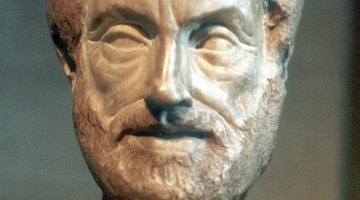
Both the Byzantine and Islamic civilizations were greatly influenced by the Greek culture before them. Both Byzantine and Muslim thinkers were influenced by Greek philosophers such as Aristotle and Socrates. Similarly, both Byzantine and Muslim doctors learned from Galen, and some of the Arab innovations in mathematics were based on Pythagoras. Many important Greek texts were translated into Arabic and stored in Muslim libraries.
Cultural Exchange: Trade, Art and People
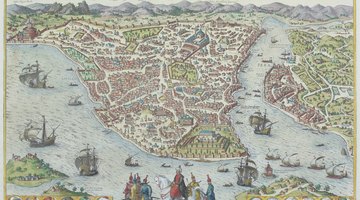
In addition to these influences, trade between the Byzantine and Islamic civilizations brought about cultural exchange. The First Church of the Monastery of Hosios Loukas demonstrates the fruits of this exchange. One of the distinctive features of Islamic architecture seen in the church is decoration based on Arabic script, rather than decoration representing people or animals. In the same way, Byzantine mosaicists decorated the Dome of the Rock in Jerusalem at the invitation of the Muslim rulers. Because of this interchange, Islamic and Byzantine art had many similar features.
Diplomats, refugees, merchants and slaves also crossed the border between the two civilizations and the two religions. Those who resettled in Islamic territory also converted to Islam, and vice versa, but they brought their native cultures with them. Many of these emigrants later returned to their native land. This constant flow of people meant that fashions and innovations from one culture moved quickly to another.
Remnants of the Past
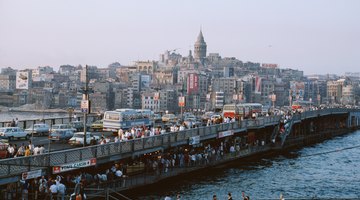
This cultural exchange preserved some elements of the Byzantine Empire after Constantinople's fall. The Greek texts in Arab libraries were translated into Latin during the Renaissance and used by European scholars. At the same time, remnants of Byzantine and Greek culture can be seen in modern-day Constantinople, renamed Istanbul by the Turks. It can be seen in the Hagia Sophia, the famous church that has become a mosque, as well as in many other churches and Byzantine emperors’ palaces. Thus, the cultural exchange between the two civilizations enriched and sustained them both.
Related Articles
References
Writer Bio
Amy Stoller is a graduate student at the University of Texas at Austin, focusing on Middle Eastern Studies. She is also an intern with the U.S. Embassy in Manama, Bahrain.

